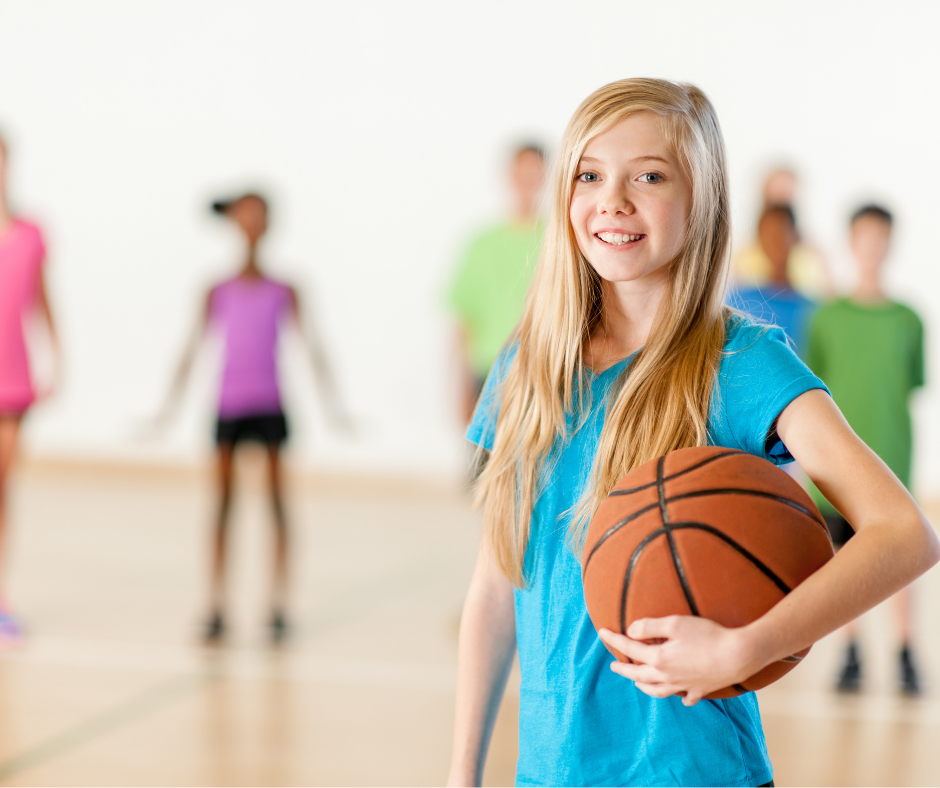April is Sports Eye Safety Month

Written by Edward Wood, M.D.
Sports-related eye injuries are more common than most realize, resulting in nearly 30,000 emergency room visits in the US every year. While eye injuries can occur in any sport, basketball causes the most eye injuries. Other common sports associated with ocular injury include baseball, softball, airsoft rifles, pellet guns, racquetball, and hockey.
Common sports-related eye injuries are often the result of blunt ocular trauma and may include orbital bone fracture, corneal abrasion (scratch on the cornea), hyphema (blood in the front of the eye), vitreous hemorrhage (blood in the back of the eye), retinal tear or detachment, traumatic optic neuropathy (optic nerve damage), ruptured globe, and more. These conditions are best diagnosed and managed by an ophthalmologist, and many require specialty expertise by a retina specialist.
Sports-Related Eye Injury Symptoms
If you feel your child may have experienced an eye injury, it can be helpful to perform a brief evaluation. First, ask your child if they’re experiencing any pain, blurred vision, double vision, flashes of light, or floaters. If any of these are present and persistent, it is important to seek the urgent attention of an ophthalmologist. If your child is experiencing vision loss accompanied by flashes of light and floaters, this could indicate a possible retinal tear or detachment which would require the urgent care of a retina specialist.
If checking vision, do so by testing one eye at a time and ensuring that their vision is roughly equal for both eyes (barring any underlying conditions). Many times, vision loss in children is not appreciated until the eyes are tested separately. Take a close look at your child’s eyes for visual signs of injury, including:
• any gross abnormalities in structure including a pupil that isn’t round
• the eye or tissue around the eye with significant bleeding or swelling
• the inability to move the eye in all directions may indicate a traumatic injury
If there is any suggestion of an eye injury, it is recommended that you go to the emergency room immediately. Ultimately, the only way to rule out a sports-related eye injury with or without the signs or symptoms above is to err on the side of caution and seek the care of an ophthalmologist or emergency room physician.
Sports Eye Injury Prevention
Many sports-related eye injuries are preventable by using appropriate eye protection. Wearing protective glasses with shatterproof plastic (polycarbonate) lenses provides more protection than regular glasses. Ideally, these glasses should be worn for basketball, baseball, softball, airsoft rifles, pellet guns, racquet sports, field hockey, and soccer. When purchasing protective glasses, be sure they have been tested by the American Society of Testing and Materials (ASTM) to ensure they provide the highest level of protection. In sports such as hockey and lacrosse, it can be helpful to wear a helmet with a polycarbonate face shield instead of glasses.
Finally, if your child already has one eye with vision loss, consider whether engaging in high contact and projectile ball sports is worth the risk of possibly injuring the other eye. In this case, it can be helpful to check with an ophthalmologist to see what eye protection is available, rule out any high-risk disease in the better eye, and see whether they advise playing high impact or high-risk sports.
If you think you may be at risk for a retinal condition or if you are in need of treatment, contact the expert retina specialists at Austin Retina Associates by calling us at 800-252-8259 or request an appointment online.
For the latest Austin Retina news, visit our blog or follow us on Facebook and Instagram.
About Dr. Wood
Edward Wood, M.D. is a board certified, and fellowship trained vitreoretinal surgeon with expertise in the management of all diseases of the retina and vitreous in both adults and children. His approach to patients with retinal disorders is to ensure that every patient and their family are treated with the same level of respect and compassion that he would deliver to a family member. Dr. Wood creates personalized treatment plans tailored to each patient’s individual needs with the goal of achieving a lifetime of high-quality vision.
REFERENCES
aao.org/eye-health/tips-prevention/injuries-sports

